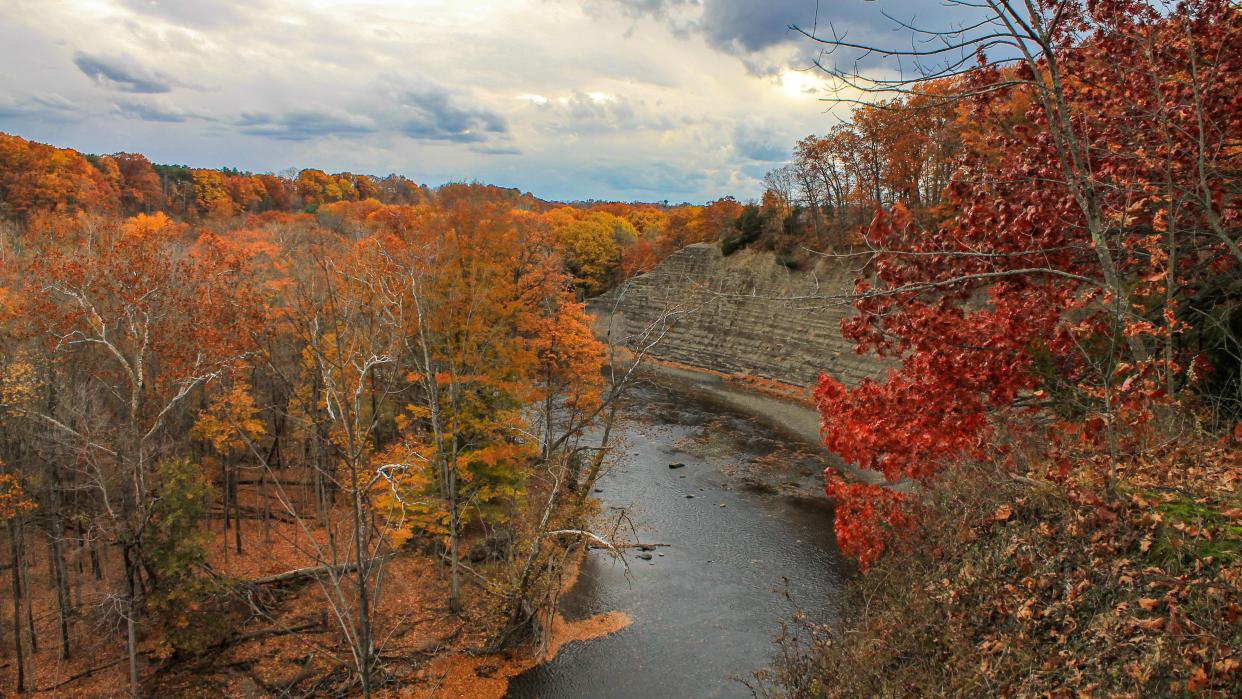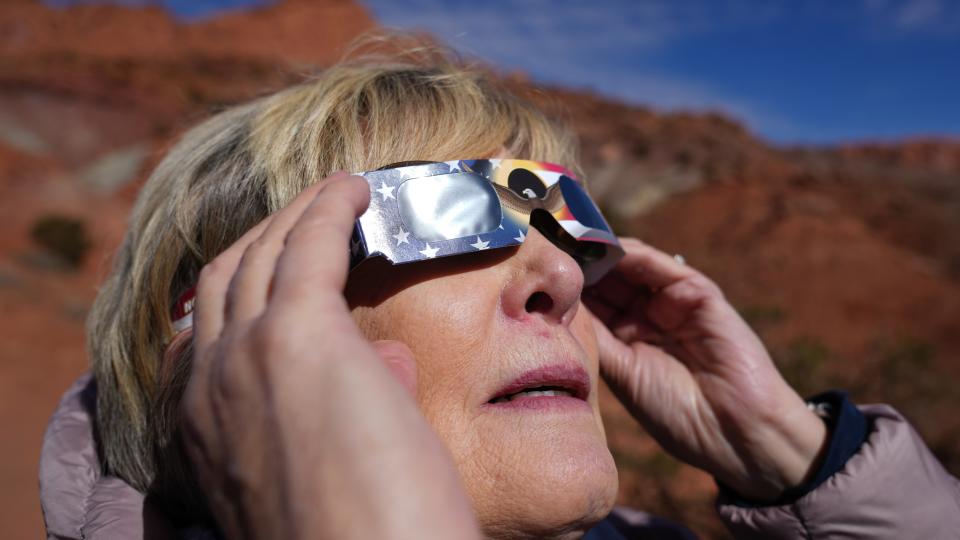Why does this National Park want you to stay home during the solar eclipse?

The build up to April's total solar eclipse has seen many parks and recreation areas in the path of totality positioning their surroundings as the perfect scenic spot from which to observe the celestial event, but now one National Park is urging people to stay home instead.
According to reporting in the Akron Beacon Journal, the National Parks Service has joined other government agencies in the call for northern Ohio residents to enjoy the eclipse from home rather than clogging the roads and placing undue strain on services at Cuyahoga Valley National Park. Sandwiched between Akron and Cleveland, Cuyahoga covers 30,000 acres of rolling hills, lush forests and scenic waterfalls, with some 125 miles of hiking trails. It also falls entirely within the path of totality, making it a desirable spot for those wishing to combine the eclipse with a hike.
However, the NPS says it expects a crush of out-of-town visitors, and with limited parking, they are anticipating heavy traffic and long queues. On its eclipse information page, Cuyahoga officials encourage locals to grab a camping chair and set up in their backyard instead of traveling, writing:
"On the day of the eclipse, we expect the park to be extremely busy with out-of-town visitors. For many local residents the "best seat in the house" may be nearest to home. We encourage people to view the eclipse from open spaces closer to home if possible."
If you plan to drive into the park for the eclipse regardless, they issued the following additional advice:
Expect heavy traffic and long waits. Please be patient and courteous while driving.
Consider carpooling, and try to have plenty of gas or charge for your vehicle if you plan to drive.
Parking lots will likely fill early. Park in official spaces only. Do not enter closed areas.
Consider staying after the eclipse for a hike or to enjoy sunset while traffic thins out.
Pack it in, pack it out. Facilities may be overwhelmed. Consider taking your trash with you when you leave.
Don't stay too late: there is no camping in the national park.

Viewing the eclipse
The total solar eclipse taking place on April 8 will be the last one for 20 years, so we know you’re going to want to view it if you live in or near the path of totality. A solar eclipse occurs when the moon is positioned between the Earth and the sun, casting a shadow onto our planet. During a total solar eclipse, the sun is fully obscured for several minutes.
The path of totality for the upcoming eclipse is approximately 115 miles wide and stretches through 15 states from Texas to Maine and an estimated 32 million people from Mexico to Canada will be able to view it without traveling. No matter where you decide to watch it, you'll want to grab a pair of these top-rated solar eclipse viewing glasses before they sell out and keep your eyes protected.

